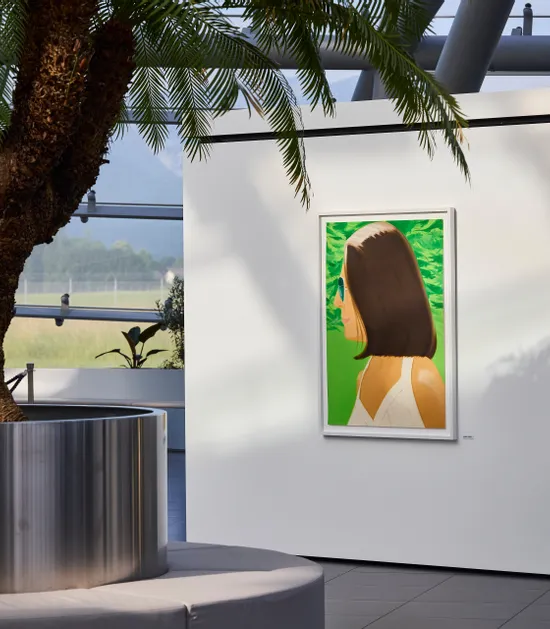
June 2025
Master of Clarity
Exhibition at Red Bull Hangar-7: Alex Katz
A glass backdrop for unusual artwork
At Red Bull Hangar-7, artists and visitors come together on an equal footing. Although it serves as a meeting place for all art lovers, the term “art gallery” would not do it justice as an exhibition venue. Rather, Red Bull Hangar-7 is a place where artists and art aficionados can exchange ideas and inspire one another. The exhibition space is brought to life by this exchange, which stimulates the contrast between the different exhibition themes: technology in all its forms on the one side, and the equally varied art on the other.